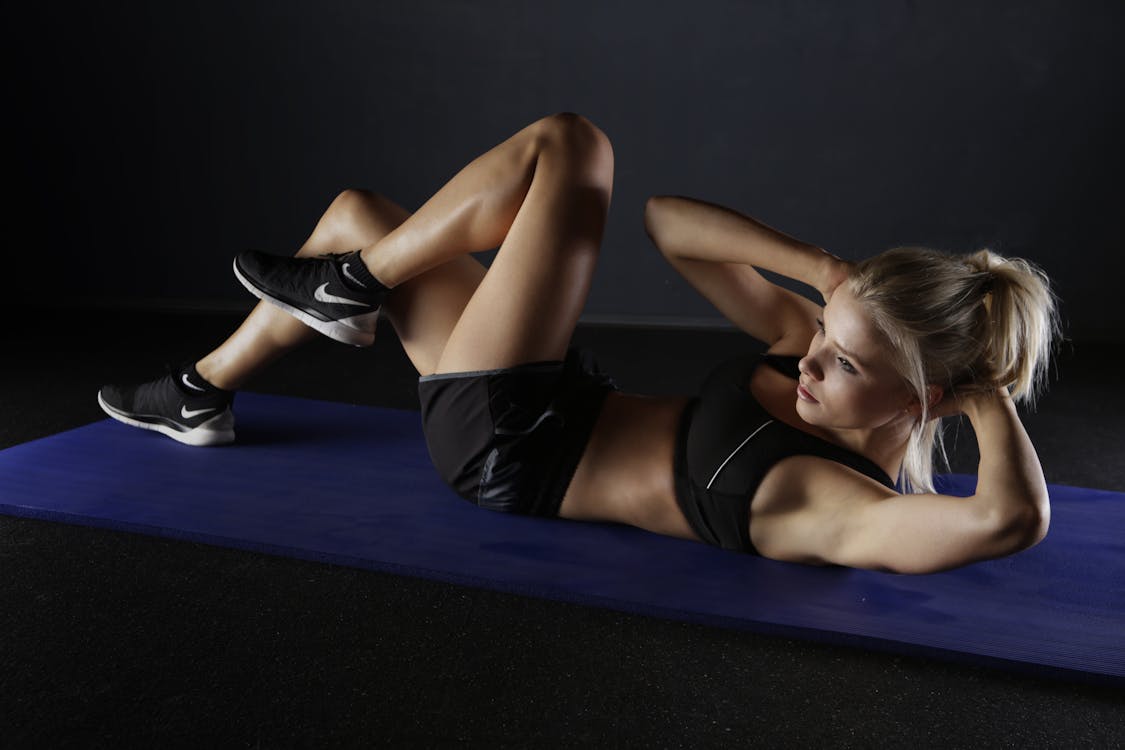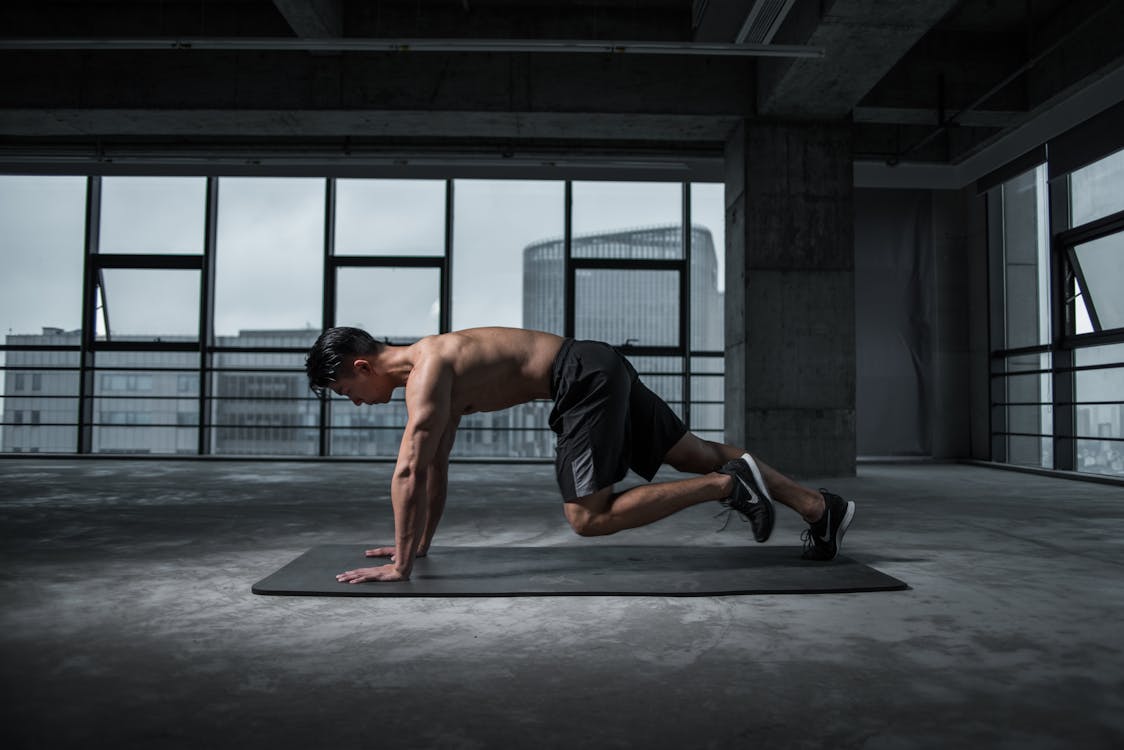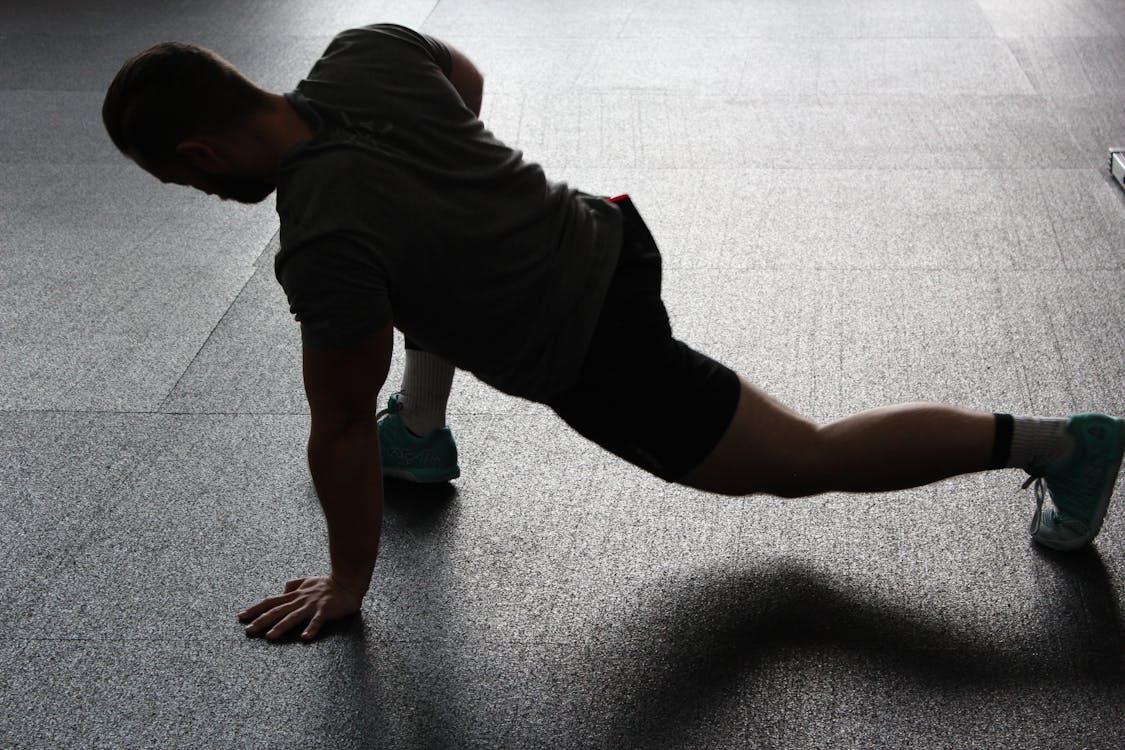Easy 10-Minute Home Workouts for Busy Schedules

1. Keep moving
- Choosing to have meetings while standing is a smart way to address the growing awareness of health risks from sitting too long.
- Whether you invest in a standing desk or find a way to stand with your computer, this idea not only breaks up the routine of sitting for a long time but also has the potential for various health benefits.
- Think of standing during meetings as a deliberate way to add more movement to your day and improve your posture.
- This small change can help prevent issues like back pain and stiffness that often come from sitting for too long. Also, standing has been connected to better circulation and more energy, which can help you stay focused during work.
Read Also:
Way To Improve Your Mental Health And Become Best Version Of Yourself
2. Use DIY tools and machines
- Repurposing everyday items like your desk, chair, or even a wastebasket into DIY exercise tools for push-ups is not just a clever hack but also a practical and straightforward way to incorporate fitness into your daily home routine.
- This ingenious approach showcases resourcefulness and provides an accessible way for individuals to stay active without the need for expensive gym equipment.
- Beyond the physical benefits, the simplicity of these exercises encourages you to find opportunities for movement within the comfort of your home.
- This down-to-earth approach eliminates the common excuse of lacking access to a gym or specialized workout gear, making it more convenient for people to seamlessly integrate exercise into their daily lives.
3. Do squats
- Choosing to do squats as a main part of your home workout routine is a smart move with lots of benefits. First off, squats help make your sitting posture better by strengthening important muscles.
- Doing squats over and over works out muscles like the quadriceps and hamstrings, giving your lower body a good workout.
- Squats are easy to include in your daily routine, especially during breaks between meetings and calls.
- This makes it quick and easy to add some exercise without needing special equipment or a special workout area.
4. Stretch your body
- Understanding how important it is to include stretching in your regular exercise routine, especially during home workouts, is crucial for overall well-being.
- While it might be tempting to only focus on tough workouts like HIIT or sprints, adding in gentle activities like yoga or Pilates is just as important to boost strength and flexibility.
- Imagine this scenario: after doing activities like wall sits, pushups, morning walks, or midday Tabata sessions, taking a dedicated moment to stretch becomes a vital part. If you skip stretching, it could lead to uncomfortable soreness, stiffness, and even lower back pain.
- Stretching helps prevent these issues by keeping you flexible, improving how your muscles work, and lowering the chance of injuries.
Read Also:
Focus While Studying: 10 Proven Methods
5. Practice mindfulness
- The given instructions offer a simple yet effective way to practice mindfulness and relaxation by focusing on controlled breathing and being aware of your body.
- It suggests sitting comfortably, grounding your feet, and lengthening your spine to create a calm and centered state.
- Closing your eyes and releasing tension in your shoulders and face is like giving your body permission to let go of stress, promoting a feeling of calmness.
- Directing your attention inward and concentrating on your breath is a basic part of mindfulness meditation. It provides a chance to connect deeply with the present moment, bringing clarity to your mind.
6. Relax your muscles

- This starts a step-by-step release of tension, beginning from your head and moving down to your toes.
- It goes along with progressive muscle relaxation, a well-known method for reducing stress and bringing a relaxed state.
- Think about how this method recognizes the connection of the body, addressing each muscle group one by one. This holistic way helps people release built-up tension and stress in different parts of the body.
- Consider the simplicity of these instructions, making it easy for people at different experience levels. Adding intentional breaths improves the whole relaxation process, creating a strong connection between the mind and body.
Read Also:
11 Best Ways to Improve Your Digestion
7. Do small exercise
- Adding these exercises to your work routine, including leg lifts, pretend jump rope, tricep dips, arm rotations, bicep curls, and chair squats, gives a quick and effective way to include movement in your usually still workday.
- Imagine doing leg lifts subtly while sitting, actively helping strengthen the muscles in your lower body. The pretend jump rope adds a cardio element, something you can do even in a small office space.
- Tricep dips using the chair’s edge focus on making your arms stronger. Arm rotations and bicep curls act as relief for the tension in your upper body from long periods of typing or using the mouse.
- Apart from being time-efficient, these exercises act as a refreshing break from the monotony of sitting at your desk, providing not just physical but mental benefits too.
8. Perform bird dog
- The Bird Dog pose is a fantastic exercise that works your whole body, focusing on balance and stability.
- It’s suitable for everyone, whether you’re just starting or have more experience. If you’re new to it, start with the basic version and gradually make it more challenging.
- The Bird Dog pose is not only about moving your body; it also helps you focus your mind. Coordinating your limbs engages your muscles and boosts mental concentration. Additionally, it can improve your posture over time by aligning your spine.
- Picture adding the Bird Dog pose to your regular exercise routine at home. Maybe you start with the basics and gradually make it more challenging, creating your fitness journey.
9. Bridge exercise for mobility
- Instead of having both feet on the ground, you lift one foot up while keeping the other bent. It’s like trying to balance on one leg, and this makes the exercise harder.
- Normally, the bridge exercise works your butt, hamstrings, and lower back. But when you switch to one leg, it not only makes these muscles work more but also brings in other muscles in your core and hips to help you stay balanced.
- Lifting one foot during the bridge needs careful balancing, which is where having a strong core becomes really important.
- This change can also make your body more aware of how it’s positioned in space, kind of like improving your sense of balance.
Read Also:
Healthy Foods For Keeping Healthy Weight In Winters Cold
10. Planks for better posture
- The suggested sequence of lifting one leg, holding it in the air for 5 seconds, and then switching to the other leg introduces a thoughtful progression.
- During the hold, your core stability is put to the test, and the specific muscles in the lifted leg, like the glutes and thighs, get targeted. The short hold adds an extra layer of intensity, ensuring your muscles work continuously and effectively.
- As you diligently incorporate these variations, you’ll notice improvements in your balance, muscle tone, and overall fitness level.
- Ensuring proper form is crucial to reap the full benefits of the exercise and minimize the risk of injury. It’s like building a strong foundation for a house – if it’s solid, everything built upon it will be more stable and secure.





